Coinsbrough Castle's (located in South Yorkshire) origins are regarded with legends of heroes who are associated with the mound that the castle is now built on. It was regarded as a victorious place where an Anglo-Saxon leader was defeated by the son of a Roman emperor. It was an important religious site and occupied for many years. After the Norman conqest in 1066, the site must have been a favourite as it increased in value and was frequented by William de Warenne, a member of the aristocracy. The stone keep was constructed by his great grand-daughter Isabel and her husband Hamelin. It is built in the cylindrical style that was popular in France at the time.

The castle keep dates from the 12th century, and it was built to show off power. The last evidence of work to the castle was repairs made to walls in the 14th century. In the 1800s, the castle became a popular romantic ruin to be visited and enjoyed. Its popularity spun from the setting of the "Ivanhoe" story by Sir Walter Scott. The castle was surrounded by public parkland and was a centrepoint for games and activities in the later 1800s.

Coinsbrough Castle is currently managed by English Heritage. There is a small museum on site with some items discovered in and around the castle's location. Items on display in this little museum include pottery that would have been used in the castle, coins, stonework, metalwork, stained glass, bones, and antlers. The pottery found was created only a couple of miles away.
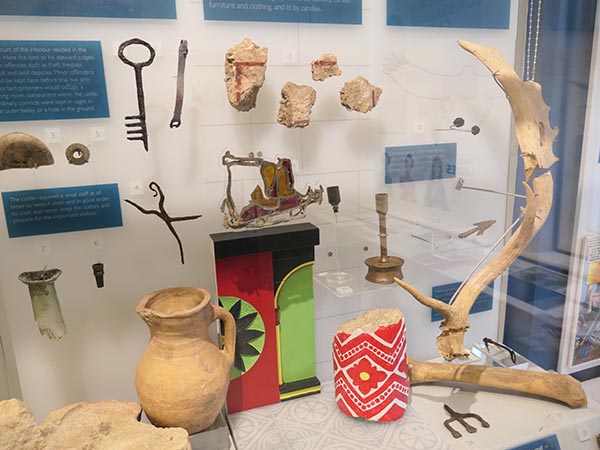

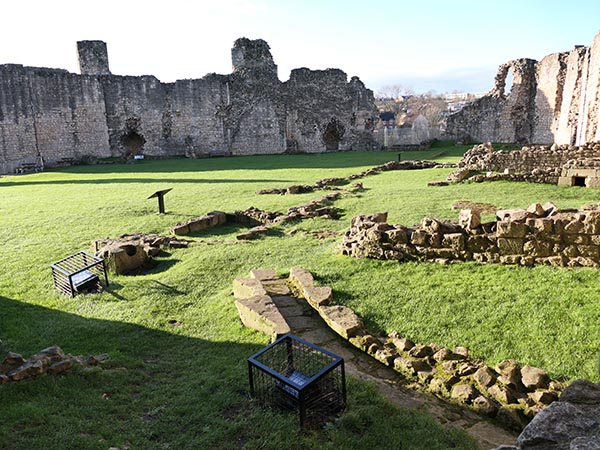
The keep can be explored with four floors, and there is a basement and a roof level. The basement could not be explored, but it could be looked into from above. The floors contain the living quarters with some commentary projected onto the walls and other information sheets dotted around.
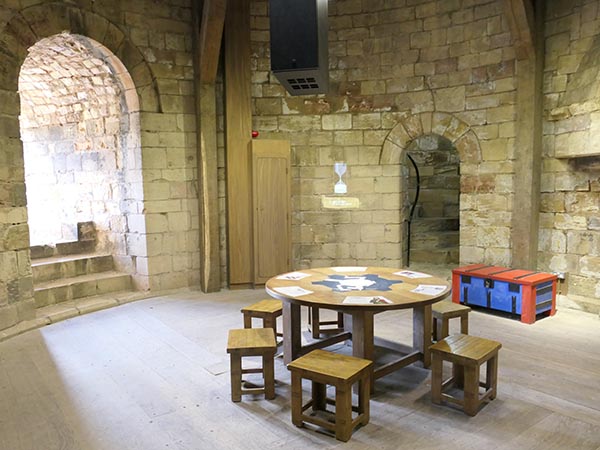
One of the floors has a chapel.

The rooftop contains a few ovens and impressive views.
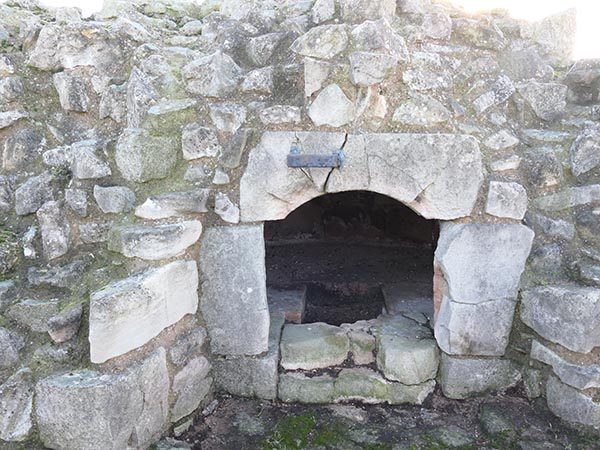


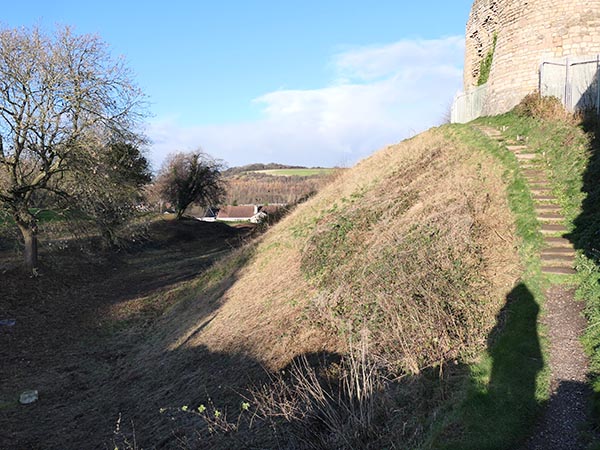
I explored this castle last December, but I did not spend too long here as we were running a little bit behind due to some bad traffic.
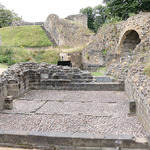
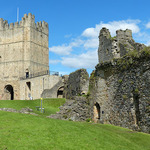
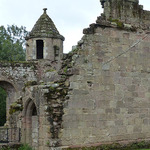
Leave a comment